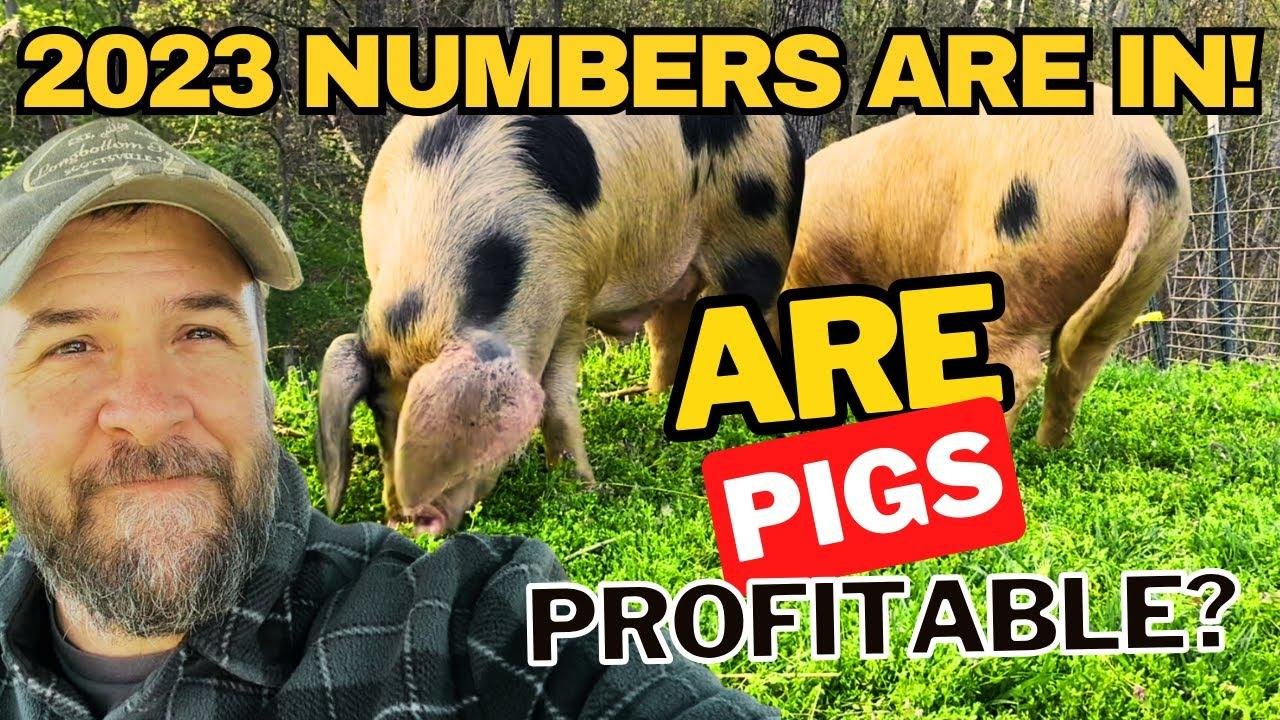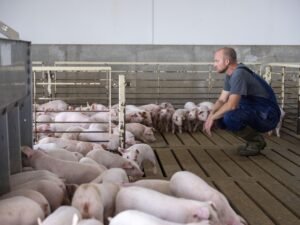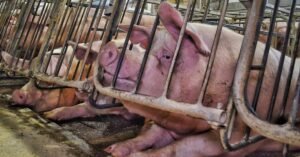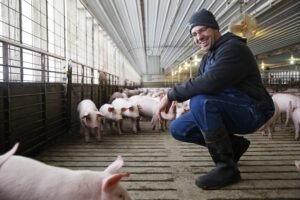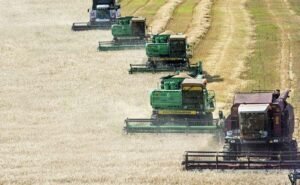After surviving the tough financial situations, pig farmers might be able to see some hope in 2025. Even though the market already sees a slight return to profit, the road is still filled with possible factors that could change the situation. The latest estimates in the industry highlight the middle quarters of 2025 as the time when pig prices will go way up, thus, indirectly helping the producers who have gone through the worst part of the market fluctuations.
The USDA predicts that lean live hog prices that are 51-52% will be $2.50 more in average in 2025 compared to 2024, a good piece of news for the farmers looking for financial strength. Taking a more detailed view, US pig prices are projected to shoot up to $92.61/cwt in the second quarter and reach $94.66/cwt in the third quarter of 2025. On the other hand, prices are expected to fall to $81.41/cwt in the last quarter and then drop further to $80.50/cwt in the first quarter of 2026. This price direction reveals a very short chance for farmers to profit from the higher market values at the time of the year.
Within the latest USDA Hogs and Pigs report is some good news for producers. The March inventory showed that total hogs and pigs number of 74.5 million head, representing a decrease of about 0.5% from the previous quarter and 0.24% below the same time last year. The less number of supplies that are now in the market compared to what was expected could lead to better prices. The report further specified that the market hog inventory is about 0.2% less than last year’s number, while the breeding herd has fallen by 0.6% which is different from the expectation of an increase of 0.2%. Such shortage constraints might lead to incremental price boosts through some sections of 2025.
When we talk about the rates of 2025, it is projected that the revenues are going to be small but still enough, in the range of $9 to $10 per head on the basis of the current market variables. A low marginal profit would be memorable if compared to the previous years and some say that it could lead to what becomes the fastest recovery in the history of the sector. Feedstuff expenses are by and large the biggest part of the costs incurred in production, as such the hood/corn ratio will be the most important factor in the control of the cereal price in 2025.
The whole pig farming market universe also sheds some light on domestic implementation. The global market which is currently valued at around $3151.2 million in the year 2024, is looking at a sustained momentum at a growth rate of 2.30% through to 2031. Though the farmers face immediate challenges, they regard the continuous growth trajectory as an encouraging sign for the long-term viability. The US producers are predicted to make the most of these increasing export opportunities as the Asia Pacific region accounts for about 23% of the total revenue in this field – most notably China, Japan, South Korea, and India.
The total US pork exports in 2025 are expected to rise by 1.5% in comparison to the year before. If this projection materializes, the upward movement of domestic prices can be seen as a secondary effect of export growth; however, the political disputes over climate change might still disrupt the patterns of international trade. No, it is a little misalign – geopolitical issues are more inclined to influence the trade pattern compared to climate change discussions specifically. Nevertheless, the export situation stands cautiously positive.
It is exceptional that the income from the expected forecast must be taken into account with respect to the general agricultural economic setting. No matter how much better the expected years may be, the pig farmers are likely to go on facing the previous problems, just like it has been predicted from 2026 to 2029, when the net farm income is said to average $139.6 billion annually, with 2025 as a temporary improvement.
In addition, the set of factors such as the dropped domestic inventory, mild feed costs, and enhanced export opportunities altogether enable a cautiously optimistic view for the processors who think ofstrategic factors for 2025. But the foretasted reducing of prices at the end of 2025 remembers that any profits that come back may be stopgap and not lasting. The smart players will get the profits of the apex mid-year price by controlling the costs meanwhile up on to time and survive the negative fourth quarter.

